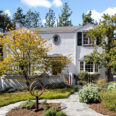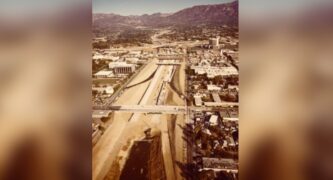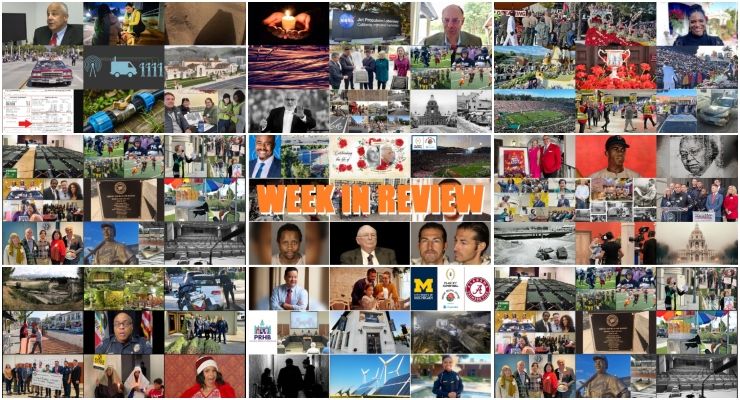
City staff on Monday will deliver the third annual update on planning the future of the relinquished 710 stub, detailing a year of public engagement, early design testing and policy work aimed at reconnecting neighborhoods severed by freeway construction.
The information-only report, covering September 2024 through August, outlines progress by lead consultant Perkins Eastman as the 24-month master-planning effort moves from an options and engage phase into document and refine, with a draft vision plan scheduled to be completed in February and presented to the City Council in March.
The multiphase process is producing seven coordinated deliverables: engagement strategies; a restorative justice framework; data collection and existing conditions; mobility and circulation; land-use options; economic feasibility and financing tools; and climate-resilient infrastructure concepts.
The Reconnecting Communities 710 Advisory Group’s Restorative Justice Standing Committee advanced a Pasadena-focused draft definition that emphasizes identifying and repairing direct and indirect harms from the 710 and other transportation corridors through community-driven solutions and “non-repetition of harm.
The Advisory Group is expected to finish recommendations by the end of October before forwarding them to the City Council.
Perkins Eastman and subconsultants Iteris and Gibson are refining two circulation/land-use families:
- Gardens and Terraces would calm traffic entering the corridor; convert St. John Avenue and Pasadena Avenue to two-way operation; add bike lanes; and create a central pedestrian spine from Union Street to Del Mar Boulevard. It contemplates new crossings—such as a Valley Street connection—and terraced buildings that form paseos and semi-public open spaces along the trench.
- Boulevards and Paseos explores a central boulevard with a linear park to the west, new vehicular links at Valley Street and Bellevue Drive, a potential roundabout north of the relinquishment area to smooth movements to and from I-210/SR-134, and a strengthened Holly Street connection between City Hall, Memorial Park Station and the west side. While a boulevard would reduce developable acreage, staff note it could support taller building forms.
Both concepts aim to restore street-grid continuity, support multimodal travel, add public space and enable climate-resilient infrastructure. City staff continued technical coordination with Caltrans District 7 and the Federal Highway Administration on requirements for any mobility solution within the former state right-of-way, including discussion of a potential transit mobility hub.
AECOM is building an economic feasibility model to evaluate evolving program mixes, costs and revenues; results will be updated as the design advances. Kosmont Companies, under a separate two-year contract awarded in May, is analyzing financing tools such as potential district formations and tax-increment projections to prioritize the city’s interests as property owner.
The plan contemplates stormwater capture and reuse, greywater and wastewater strategies, battery storage, district geothermal potential and passive design to reduce energy loads and support on-site solar with storage readiness. Public Works and Caltrans are evaluating relocation of a Caltrans pump station at the south end of the stub and opportunities to transform current runoff conveyance into a water-focused sustainability feature.
Three historic work products were finalized and posted to the project website: Architectural Resources Group’s context report on pre-freeway neighborhoods; Allegra Consulting’s Amplify oral-history report and documentary; and a UCLA Center for Neighborhood Knowledge/Institute of Transportation Studies study on freeways’ impacts on racial segregation in Pasadena. ARG will prepare an executive summary synthesizing the three.
Pasadena’s $2 million federal Reconnecting Communities Pilot planning grant (with a $2 million local match) continues to fund the master-planning effort.
Staff reported the FHWA reimbursement portal has been nonfunctional since early 2025, delaying reimbursements despite quarterly reporting. The city provided its required annual progress update to the California Transportation Commission via letter in May.
During the current “Document and Refine” phase, consultants will test and iterate the two mobility/land-use families, integrate the restorative justice elements, and finalize feasibility and sustainability components into a single Vision Plan. Following council review in March the project would transition to a Specific Plan process led by the Planning Department and Planning Commission.


















